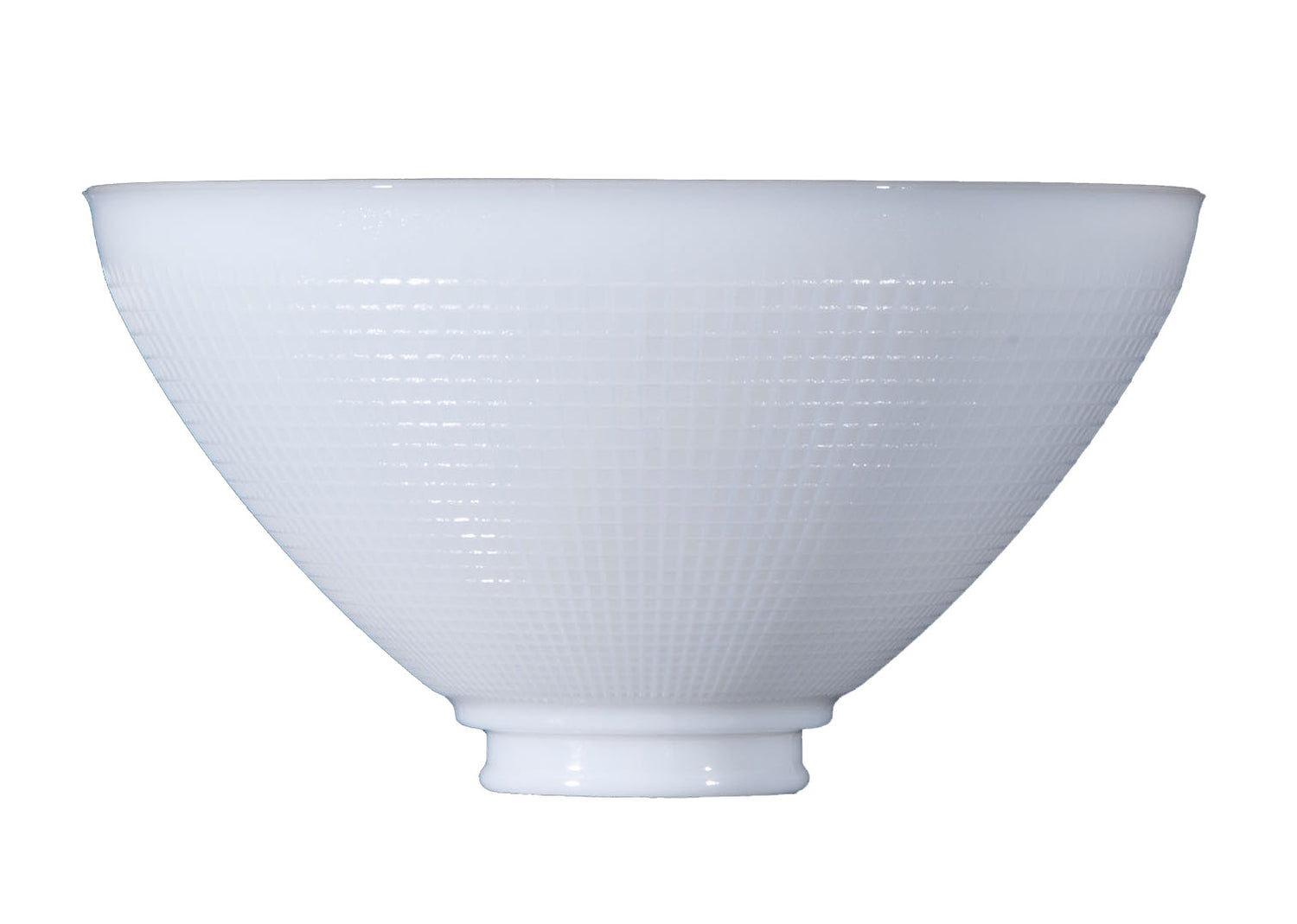Kerosene lamps and burners were originally engineered to operate safely and efficiently only with certain types of lamp fuel. In the latter part of the 19th century, the popularity of kerosene lighting was at least partially based upon two factors: The relatively low cost of kerosene and its safety compared to other lamp fuels. Burning-fluids, used in the early to mid-1800′s, were made by mixing turpentine and alcohol. It had a bad reputation of causing fires and explosions that claimed many lives.
The flat-wick kerosene burners that B & P Lamp Supply manufactures are replicas of burners from the Kerosene Era of Lighting (1870 –1950) and are intended for use only with high-quality lamp oils or high-grade kerosene, all with flash points between 124° and 150° Fahrenheit. Fuels that are dangerous to use in kerosene lamps include: Gasoline; Coleman fuel; White gas; Paint thinner; Mineral spirits; Wood alcohol; Naphtha; Turpentine; Benzene; And any oil with a flash point under 124°F.**
Some fuels, bottled or canned and labeled as kerosene, may contain a high percentage of mineral spirits. For safety′s sake check the label or Safety Data Sheet - mineral spirits usually have a low flash point of around 105°F or less, and are unsuitable as fuel for kerosene lamps and lanterns.
On the other end of the spectrum, fuels with a flash point above 160°– 170°F, such as paraffin oil or olive oil, may not burn correctly in a kerosene lamp or lantern resulting in a dim flame that flickers and smokes. These fuels will also consume the wick at an accelerated rate and produce dangerous levels of carbon monoxide.
The flash point for all lamp and lantern fuels should appear on the label or the Material Data Sheet. If the flash point of a fuel is unknown, do not use the fuel with any burners designed for use with kerosene. A fire or explosion could result if the flash point is below 124°F.

